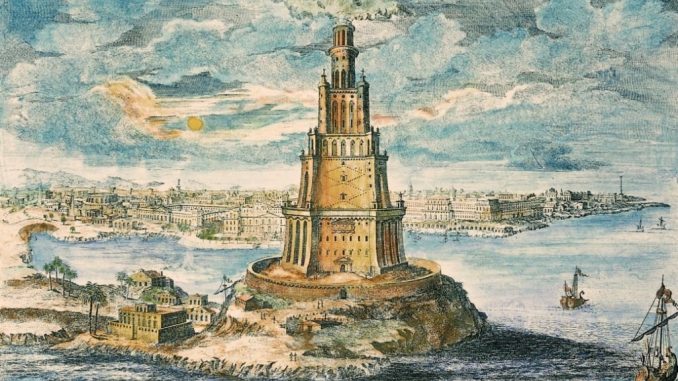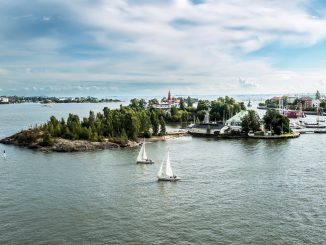
The stunning works of art and architecture, famously called the Seven Wonders of the Ancient World represent a evidence of creativity, imagination and the hard work that humans can be capable of.
The list also is, however, a reminder of the human capacity for resentment and destruction. The moment ancient historians compiled a list of the Seven Wonders of the World, it became a serious debate about which achievements deserved to be included. In the end, human together with natural forces caused the destroying of all these wonders, except one.
Temple of Artemis
There was actually more than the Temple of Artemis. A series of temples was destroyed and then restored in the same location in Ephesus, a Greek port city on the western coast of modern Turkey. The most magnificent of these structures was the marble temples built around 550 BC.
The building was burned in 356 BC, according to legend, the same night Alexander the Great was born. About six years later, the building a new temple to replace it was begun. The new building was surrounded by marble stairs and led to a terrace of more than 400 feet. Inside were 127 marble columns, each standing 60 feet tall. Archaeologists’ opinions differ about whether the building had an outdoor ceiling or is topped with wooden tiles. The temple was destroyed by the Ostrogoths in 262 BC.
The Hallikarnassus Mausoleum
The Halikarnassus tomb is located in what is now Southeast Turkey, and it was built by Artemisia for her husband, Musos, King of Carnia in Asia Minor after his death in 353 BC. According to the legend, she was so sad when he left that she mixed his ashes with water and drank it, in addition to ordering the construction of the tomb.
The huge mausoleum is made entirely of white marble and is thought to have been about 135 feet high. The design of the building consisted of three rectangular layers. The first layer consisted of a 60-foot base, followed by a middle layer of 36 columns and a pyramid-shaped roof. At the top of the roof is the tomb, adorned by the work of four sculptors, and a 20-foot marble piece in the shape of a horse chariot. The tomb was largely destroyed in an earthquake in the thirteenth century, and in 1846 pieces of one of the frizes were excavated from the Halicarnassus site, now in the London British Museum.
Colossus of Rhodes
This giant structure is a huge bronze statue of Helios, the god of the sun, built by Rhodium people for 12 years in the third century BC. The city was a target of the Macedonian siege in the early 4th century BC. According to legend, the Rhodians sold tools and equipment left behind by the Macedonians to pay for the costs of building the statue.
The statue, designed by sculptor Chares, was located at a height of 100 feet and was the tallest in the ancient world. It was completed in 280 BC. It stood for sixty years until destroyed in an earthquake, and it has not been rebuilt. Archaeologists do not know much about the exact location or shape of the statue, and most believe it is a nude portrayal of the sun god as he stands up as he raises a torch with one hand while holding the spear in the other. It was once thought that the statue stood with one leg on each side of the harbor, but most scientists now agree that the legs of the statue were probably built close to each other to support the monumental weight of the statue.
Lighthouse of Alexandria
The Lighthouse of Alexandria is located on a small island called Pharos near the city of Alexandria. It was designed by Greek architect Sostratos and completed around 270 BC. During the reign of Ptolemy II, the lighthouse helped steer the Nile River vessels into and out of the busy city port.
Archaeologists found ancient coins that had the lighthouse depicted on them. They concluded that the structure consisted of three layers: a square level at the bottom, an octagonal level in the center and a cylindrical top. Above this is a 16-foot statue, most probably dating back to Ptolemy II or Alexander the Great, who named the city by his name. Although estimates of the height of the lighthouse ranged from 200 to 600 feet, most contemporary scientists believe that it was really about 380 feet.
The lighthouse was gradually destroyed during a series of earthquakes between 956 and 1323. Some of its remains were discovered at the bottom of the Nile.



Be the first to comment